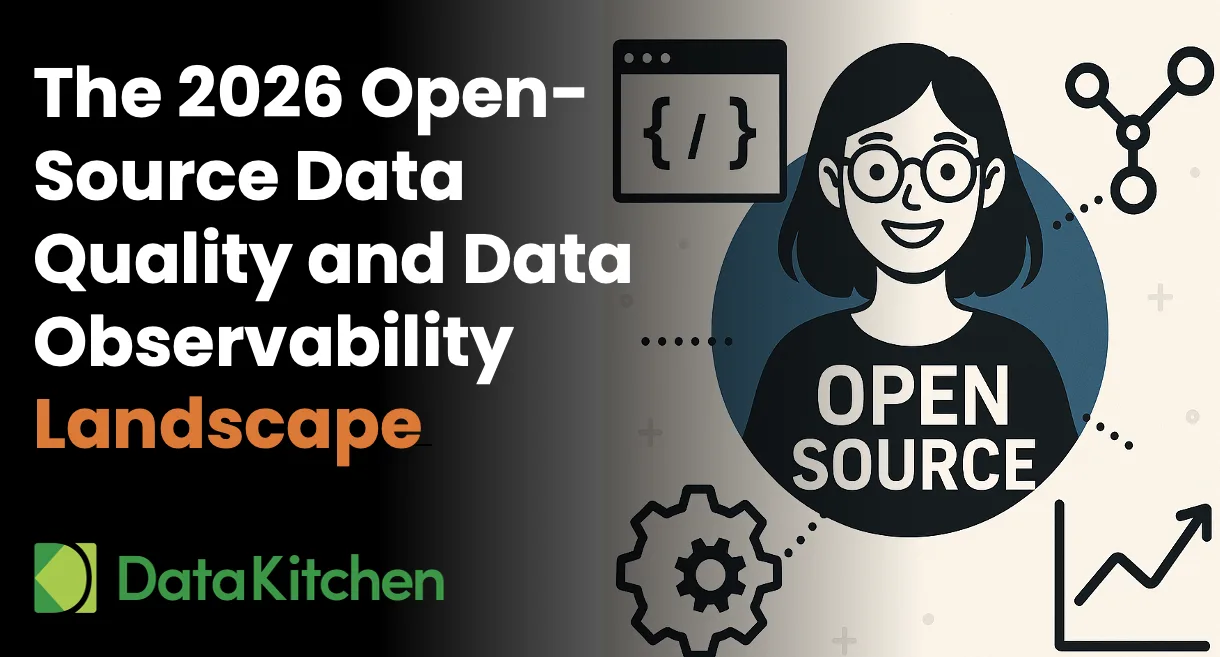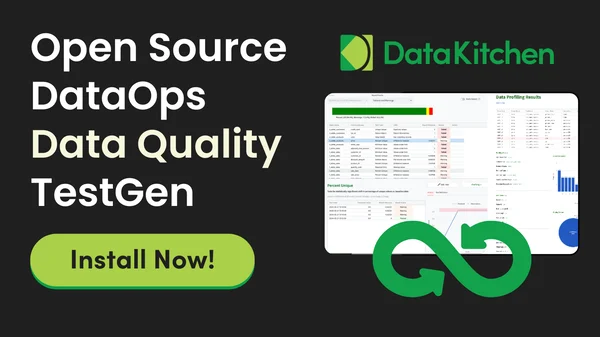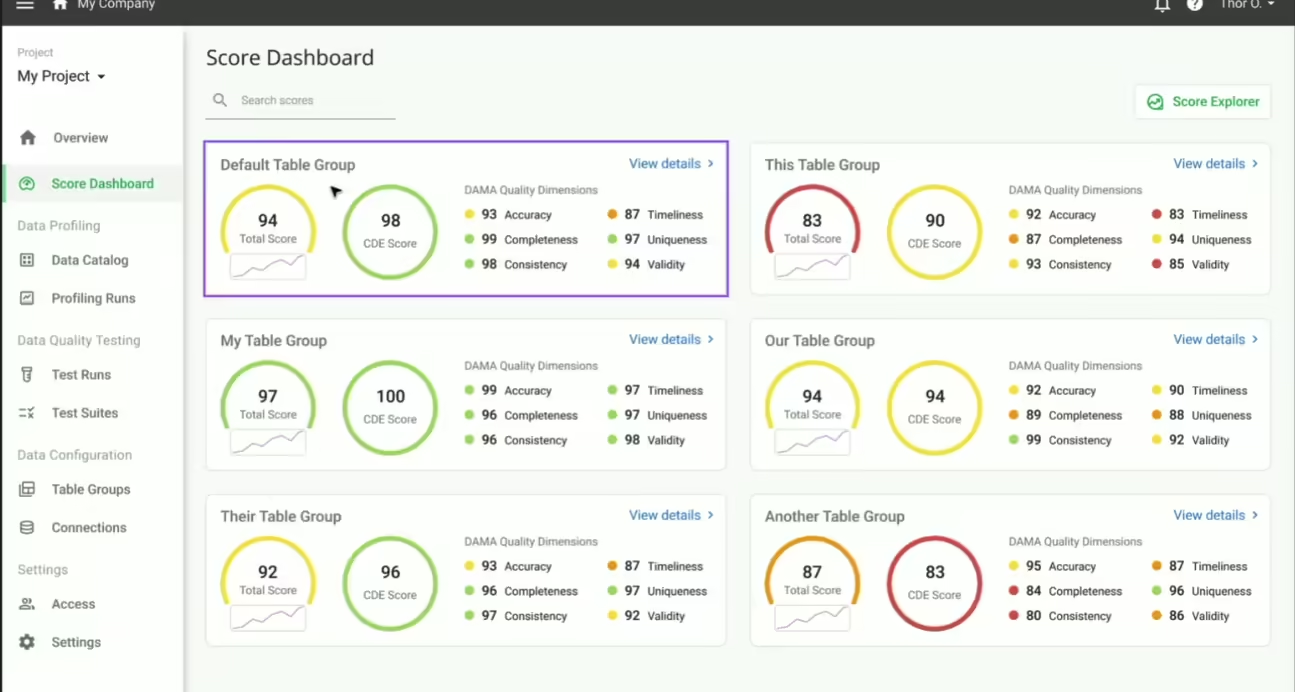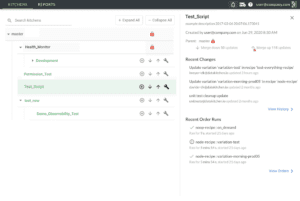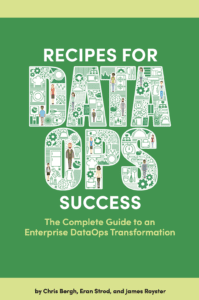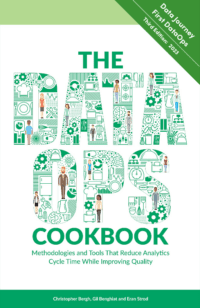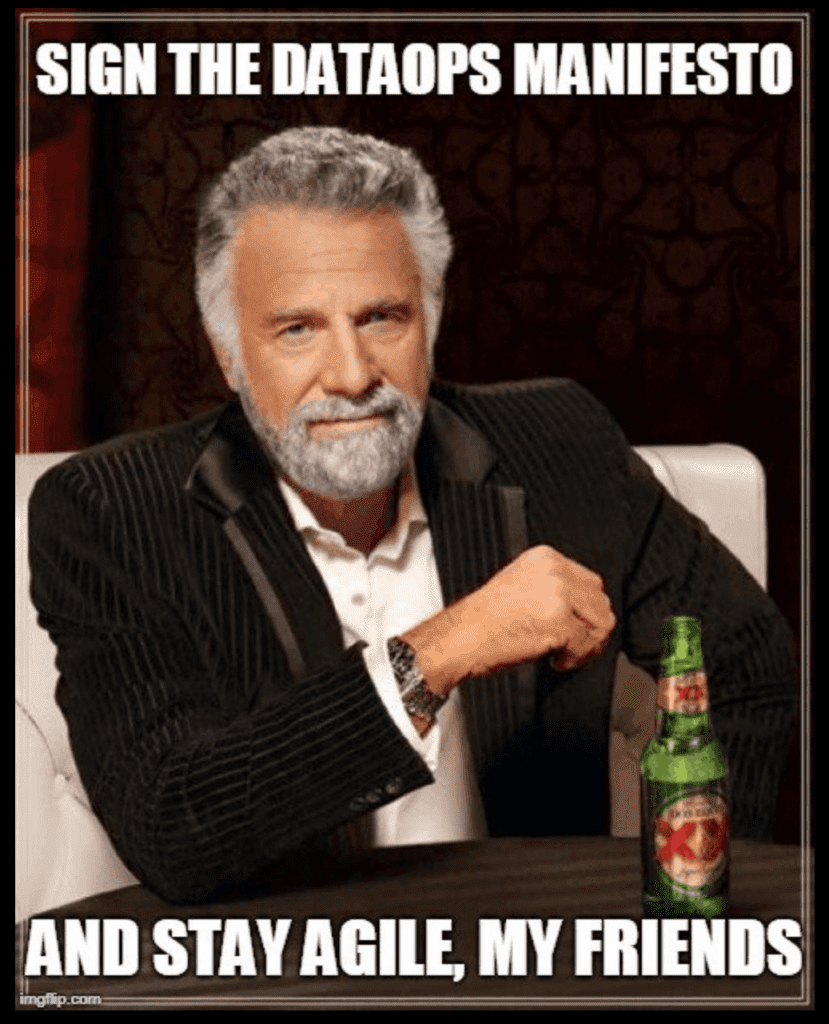When AI Meets Bad Data, Everyone Loses: A Definitive Guide for Data Engineers, Data Quality Professionals, and Data Team Leaders; October 2025
Your LLM just told the CEO that revenue is up 40% when it’s actually down. Your analytic engineers are vibe coding late into the night. Your predictive models—once your pride and joy—are degrading faster than you can debug them. And your standard reports—no one trusts them. Welcome to 2026, where bad data doesn’t just break dashboards anymore—it weaponizes AI against your business.
The terrifying truth is that AI amplifies data quality and data observability failures exponentially. A single schema drift that once meant a broken report now means thousands of incorrect predictions per second. That missing data validation you postponed? It just trained your model to be confidently wrong at scale. Your data engineers are in full panic mode, manually spot-checking tables while AI models consume data faster than any human can validate it. The executives who demanded “AI transformation” are now demanding answers for why their million-dollar models produce nonsense. And those expensive observability platforms that promised to solve everything? They’re just telling you what broke after your AI has already made 10,000 bad decisions.
The cruel irony of the AI revolution is that it demands perfect data quality at the exact moment when data volumes, sources, and complexity have made quality impossible to achieve through traditional means. Modern data pipelines feed voracious AI systems that retrain hourly, consume from hundreds of sources, and make decisions in milliseconds—all while your team is still writing SQL tests like it’s 2015. The old guard of enterprise solutions wants six figures to tell you what you already know: your data is broken. But in the age of DataOps, where deployment cycles are measured in hours, not months, you need tools that move at AI speed and don’t require selling a kidney to afford.
We’ll explore the new generation of solutions that use AI to police AI, automate test generation at scale, and provide the transparency and control that proprietary platforms can’t match—all while keeping your CFO happy. Because in 2026, the question isn’t whether you need data quality for AI; it’s whether you’ll solve it before bad data destroys everything you’ve built. This guide explores that landscape. It defines the categories, compares the tools, and explains how teams are combining them—often with DataOps practices in the age of AI —to create truly reliable, end-to-end systems.
From Hope-Based Data to Observability-Driven Trust
Five years ago, most data teams relied on hope. They hoped source systems behaved, hoped joins stayed aligned, and hoped nobody silently changed a schema. Testing, when it existed, was manual and reactive.
Then came the first wave of structured testing frameworks, such as Great Expectations, which brought the hand-writing (or configuration) of data quality test discipline from software into analytics. That was the beginning of a shift: from “data should work” to “let’s prove it does.”
By 2020, the conversation expanded to data observability—the continuous monitoring of freshness, volume, schema, and anomalies in production. Closed-source tools such as Monte Carlo, Databand, and Acceldata made data observability mainstream.
Now, in 2025, the open-source community has accelerated this evolution. Projects like Soda Core, Elementary Data, and DBT Tests — alongside DataKitchen’s own DataOps Data Quality TestGen and DataOps Observability tools — are democratizing capabilities once locked behind expensive platforms. The convergence of data quality testing and data observability is creating a new expectation: reliable, transparent data pipelines built the same way modern software systems ensure reliability.
Why Open Source Matters
Open source fundamentally changes the power dynamics of data tooling by giving teams complete visibility into how tests run, how metrics are computed, and how alerts are triggered, replacing the traditional black-box approach with transparent code that engineers can read, extend, and deeply integrate into their stack. For data teams, this transparency delivers critical capabilities, including the ability to customize by adding proprietary test types or contribute to the code base, seamlessly integrate with orchestration tools such as dbt, Airflow, or Dagster, leverage community innovation through connectors and checks contributed by peers across industries, and achieve cost efficiency by experimenting without license barriers.
While open-source adoption brings its own challenges including fragmented tools, uneven test coverage, and limited governance layers, DataKitchen’s open-source DataOps tools addresses these precise pain points by unifying tests, monitoring, and scorecards under one consistent process, transforming the typical open-source complexity into an enterprise-ready solution that maintains all the flexibility and transparency benefits while adding the structure and governance that production data pipelines demand.
Mapping the Open-Source Data Quality and Observability Landscape
Open-source tools in this space generally fall into two categories: data quality software, data observability software.
Open Source Data Quality Testing Software
2. Open Source Data Observability Software
The Brutal Truth About Open Source Data Quality in the Age of AI –
AI moves fast—dangerously fast—and its insatiable appetite for data has fundamentally broken traditional data quality approaches. While data engineers manually write test cases one SQL query at a time, bad data floods into models at unprecedented volumes, poisoning predictions, breaking deployments, and destroying stakeholder trust before anyone notices the damage. The math is brutal: modern AI pipelines require comprehensive test coverage—da2 tests per column, 3 tests per table—across hundreds or thousands of tables, updated continuously as schemas evolve and data patterns shift. Manual testing simply cannot scale to this reality; by the time you’ve written tests for table 10, tables 1 through 9 have already changed, and your LLMs are confidently hallucinating on corrupted data, amplifying minor quality issues into catastrophic business decisions.
The current open source ecosystem—Great Expectations, Soda Core, Deequ, dbt-tests—represents solid engineering designed for a different time, when data moved more slowly and humans had time to think about test design. These tools demand extensive setup, deep technical skills, and most importantly, time, which is scarce in the AI development cycle where models are retrained daily and data sources grow exponentially. The harsh irony is that AI itself has made data quality both more vital and more difficult to achieve with traditional methods, creating a vicious cycle where the very systems meant to provide intelligence are hampered by the data chaos they generate. Data engineers are burning out trying to meet impossible quality standards, helplessly watching as even reliable predictive analytics fail because their fundamental data assumptions no longer hold.
What the industry desperately needs isn’t another framework that requires months of setup or another dashboard that looks impressive but changes nothing—it needs open source tools that fight AI with AI, that can automatically generate comprehensive test coverage in hours not months, that provide interfaces simple enough for non-engineers to contribute to quality efforts, and that help data teams influence stakeholders before disasters occur rather than explain failures after the fact. The solution isn’t more time or bigger budgets; it’s acknowledging that the manual, artisanal approach to data quality is as obsolete as hand-coding HTML, and embracing tools that match the automation and intelligence of the systems they’re meant to protect. This is why DataOps Data Quality TestGen and DataOps Observability are open-source tools for data quality and data observability in the age of AI.
The Future of Open-Source Data Reliability: DataOps
Looking ahead, automation and AI will push the boundary even further. Machine-learning models can already generate tests, detect anomalies, and predict failures. In the near future, AI-generated tests will expand coverage far beyond what humans can author manually. At the same time, shift-left testing—embedding quality checks early in development—and shift-down development testing —connecting quality results to leadership dashboards—will merge into a single continuous feedback loop.
The organizations that master this loop will no longer “check quality after the fact.” They will design for trust from the start. Open-source frameworks stitched together with the DataOps discipline form the foundation for that transformation.
Conclusion
The open-source revolution in data quality and data observability is not coming—it is already here. Engineers now have access to transparent, community-driven tools that can match or exceed proprietary systems. What remains is coordination: linking those tools into a living, automated process that ensures every dataset is tested, monitored, and trusted.
That data journey layer is what DataKitchen provides through its open-source DataOps toolkit. By combining automated test generation, continuous observability, and easy-to-read scorecards, DataKitchen helps data teams move from green pipelines to truly trusted data.
DataOps Data Quality TestGen stands out in the crowded field of data observability solutions by delivering enterprise-grade capabilities without enterprise-level costs. While other platforms charge premium prices for essential features, TestGen provides comprehensive data observability monitoring—including freshness, volume, schema, and drift detection—as part of its core open-source offering. This democratizes access to critical data quality tools that every organization needs but not every budget can accommodate. The platform’s one-click test generation creates full coverage across all tables and columns, eliminating the tedious manual work that typically consumes valuable engineering hours. Rather than spending months building custom data quality dashboards from scratch, teams can configure professional-grade monitoring views in minutes, dramatically accelerating time-to-value.
What truly sets TestGen apart is its sustainable business model and transparent pricing structure. As a single-user open-source solution with an enterprise version at just $100 per user per connection with unlimited data and events, it offers predictable costs that scale reasonably with your organization. This pricing philosophy comes from a profitable company with deep DataOps expertise that understands the importance of stable, reliable partnerships. Unlike venture-backed competitors who may suddenly pivot pricing models or sunset features, TestGen provides the confidence of working with a mature organization committed to customer success and consistent value delivery.
For data teams tired of choosing between incomplete coverage and overwhelming costs, TestGen delivers on its promise: all the checkmarks, none of the typical cost burden. By automating test creation, accelerating root cause analysis, and preventing embarrassing data errors before they reach stakeholders, it transforms data quality from a resource-intensive burden into a streamlined, confidence-building practice. The result is higher test coverage at lower cost—a combination that makes TestGen the superior choice for organizations serious about data quality without the serious price tag.
Explore DataKitchen’s open-source projects:
🔗 DataOps TestGen and 🔗 DataOps Observability
